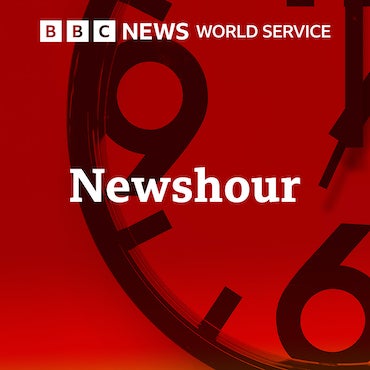Barriers between New Jersey school districts? Look no further than South Jersey
New Jerseyans love to complain about their school taxes – and who can blame us?
This is part of a series from education blogger Laura Waters of NJ Left Behind.
New Jerseyans love to complain about their school taxes – and who can blame us?
Our crazy quilt of overbred school districts leads to inefficiency and redundancy. Fifty years of Abbott Supreme Court rulings has led to embarrassments like the $25,000 annual cost per pupil in Asbury Park Public Schools, possibly the highest in the nation.
One of Gov. Christie’s favorite soundbites regards the long-troubled Newark Public Schools, where more than half the students drop out and annual cost per pupil is a little south of $20K.
(For context, average cost per pupil in America is about $10,259.)
But dirges to fiscal profligacy tell only part of the narrative of the NJ public education system. In fact, there are a number of school districts, particularly in South Jersey, that struggle to cover basic costs.
Schools in Gloucester County
Let’s take a look at Gloucester County, home to 27 school districts of varying wealth and tax base. Some districts there do just fine. For example, Washington Township has a highly-regarded district of 11 schools and 7,000 kids. Average cost per pupil, according to the most recent (2010) numbers available in the NJ DOE database, is $15,129. That’s pretty close to the state average of $15,528.
Other fiscally comfortable districts in Gloucester include Billingport Elementary School in Paulsboro School District where annual cost per pupil is $16,163. At Parkview Elementary School in Westville Borough, annual cost per pupil is $14,296. Greenwich Public Schools has $16,989 per pupil to spend.
All in the same ballpark, right?
Not so fast. In South Harrison Township, administrators struggle to fund schools with only $11,730 per pupil, well below the state average. Swedesboro-Woolwich School District, the fastest-growing district in NJ (over the last 10 years its school enrollment has grown by 203%) makes do with $10,633 per pupil, a full third less than the kids in Washington Township, Paulsboro, and Westville.
Clayton Public Schools lists their annual cost per pupil at $12,528. Kingsway Regional has $12,886 per child to provide instruction and services, while Williamstown High counts every penny of its $11,897 per pupil.
While this is not purely a South Jersey problem, the preponderance of districts that struggle with considerably fewer resources seems to cluster in the southern part of the state.
“Bacon districts”
A Millville law firm, Jacob and Chiarello, filed a lawsuit back in 1997 on behalf of several school districts, now known as the “Bacon districts,” that addresses this issue.
The Bacon suit alledges that these NJ suburban school districts enroll pupils with as high a degree of socio-economic impoverishment as those in Abbott districts, but that the State discriminates against these students by not funding them at an adequate level.
The Christie Administration’s new 2013 budget, which allocated an additional $213 million in public school aid, tries to address some of these inequities. For example, Asbury Park lost 4.2% of its state check, or almost $2.5 million. But four out of five districts, rich and poor, will get increases.
Back in Gloucester County, relatively wealthy Washington Township lost 1% of its state aid. South Harrison Township saw a whopping increase of 14.2%. Greenwich Township lost 7.5% while Swedesboro-Woolrich School District gained 6.4% in state aid.
Not that this new allocation of state school aid squares inequities between the Washington Townships and South Harrisons of Southern New Jersey, or the Abbotts/Bacons and wealthier districts with more resources.
Education Law Center, which has represented Abbott districts in a long series of litigations, has charged that Gov. Christie’s budget and Education Commissioner Chris Cerf’s accompanying Education Funding Report potentially violates the School Funding Reform Act. Another court deliberation seems inevitable.
Not that any more judicial action will solve our school funding inequities – but what would it take? Maybe a complete restructuring of our tax infrastructure along with a cultural paradigm shift to lower the barriers between school districts?
Easy, right?
Laura Waters is president of the Lawrence Township School Board in Mercer County. She also writes about New Jersey’s public education on her blog NJ Left Behind. Follow her on Twitter @NJleftbehind.
WHYY is your source for fact-based, in-depth journalism and information. As a nonprofit organization, we rely on financial support from readers like you. Please give today.




